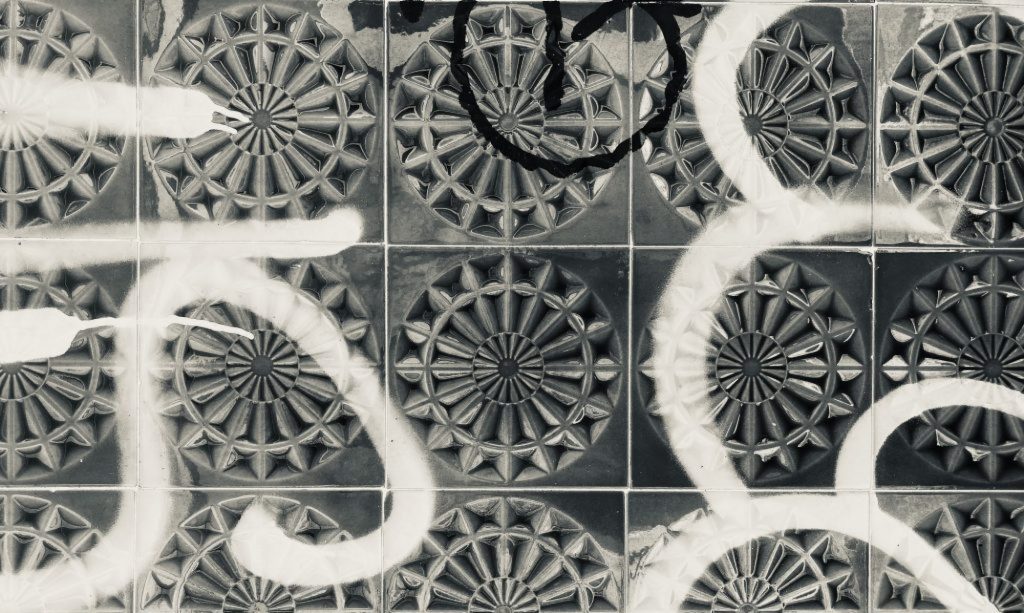Don’t try to be smarter than your design… Reflection on teaching practices for creative practitioners
Reflections on “Teaching practices for creative practitioners” (Orr & Shreeve, 2017)
“Teaching practices for creative practitioners” (Orr & Shreeve, 2017), immediately resonated with my reflections on pedagogy after more than three years of teaching. Reading it felt like when you suspect your phone is listening because an ad or YouTube recommendation appears just after a conversation—reading this paper had that same uncanny relevance.
When I first joined the BA Product and Industrial Design course, I wanted to integrate opportunities to mirror professional practice and better prepare students pragmatically. My friends and I felt in some regard that our MA design course could have helped us develop mental frameworks and fundamental skills found ubiquitously in different design environments. I still believe this, but my perspective has become more nuanced. The ability to plan, think critically, and work collaboratively should be prioritised, but how do we help students make better decisions in their design work? The paper defines professionalism as “the ability to make the transition from higher education into practice… to evaluate their own work and behaviour in the context of a workplace environment and the demands of industry.” (Orr & Shreeve, 2017). Seeing this articulated in research reassures me about my contributions to the course and how I assess student learning.
Crits exercise critical thinking. We use crits on the course, but they are often muddled with tutorials, lacking structure. Crits should push students to defend their decisions critically—a skill that is only fully realised at summative assessments or interim concept pitches. These deadlines often trigger a last-minute rush in decision-making, but much of the process leading up to them is full of uncertainty and hesitation. In professional practice, decisiveness is crucial—you must make creative leaps and test assumptions rather than endlessly deliberate.
Despite crits being valuable, we do not do enough of them—not necessarily by choice, but due to logistical constraints. With over 100 students, parity becomes difficult, and elements like crits often get sacrificed.
Another gap is in how students reflect on development work… Many collect vast amounts of research, arranging it neatly across Miro boards or slides, yet active reflection and synthesis are often missing. Students conflate documentation with analysis, believing that compiling research demonstrates critical engagement. In reality, they delay synthesis, waiting for clarity before moving forward—this hesitation paralyses decision-making rather than helping it.
Dialogue is another challenge. Space limitations hinder informal discussions, preventing small moments of discourse that could spark new insights. Staff workloads and administrative demands further reduce opportunities to facilitate dialogue. How do we create time and resources to foster meaningful, spontaneous exchanges?
Material exploration and physical making is also in decline. Many students leave making until the final stages rather than integrating it into early decision-making. This reminds me of George Saunders’ reflection on writing:
“Every true novelist listens for that supra-personal wisdom, which explains why great novels are always a little more intelligent than their authors… The writer opens himself up to this ‘supra-personal wisdom’ by technical means. That’s what ‘craft’ is: a way to open ourselves up to the supra-personal wisdom within us.” (Saunders, 2016)
Scaling this down to design, there is wisdom in the act of making itself. My advice to students would be: “Don’t try to be smarter than your design.”
The concept of signature pedagogies acknowledges the tacit soft skills essential for professional life. This shift in my understanding has been significant—embedding these skills in teaching is as vital as technical proficiency. Teaching strategies suggest incorporating active practice into pedagogy, or developing practice within an academic framework where students are positioned on “the periphery of the community of practice” (Orr, 2017). In theory, this is ideal, but in practice, time constraints and mismatched course structures make it difficult. However, when possible, bringing vulnerability and transparency into pedagogy can be incredibly valuable for student learning.
Engaging in personal practice outside academia is another challenge—time, financial barriers, and even visa regulations create obstacles. Yet, the tension between education and professional practice is something I’ve wrestled with for years. Should we try to recreate the experience of practice within education? Or is that the wrong question? The paper articulates this tension well.
What I’ve settled on, for now, is that teaching should not attempt to simulate real-life practice but rather re-contextualise it. Decision-making, understanding design processes, applying methodologies, and articulating them across different challenges—this is the crux of what we should teach. The creative freedom of academia allows for knowledge creation unconstrained by industry pressures, and this should be valued rather than seen as a limitation.
Higher education is not just about curriculum-based learning; it is also about helping students discover their best, most confident, empathetic, and engaged selves. The paper reassures me that preparing students for the real world “is not solely the province of the tutor structuring learning activities.” (Orr & Shreeve, 2017). This recognition reminds me that our role as educators extends beyond skills training—it is about fostering ways of thinking, questioning, and engaging with the world.
References
Orr, S, & Shreeve, A (2017). Art and Design Pedagogy in Higher Education : Knowledge, Values and Ambiguity in the Creative Curriculum, Taylor & Francis Group, Milton. Available from: ProQuest Ebook Central. [1 January 2024].
Saunders, G. (2016). A swim in a pond in the rain: in which four Russians give a master class on writing, reading, and life. London: Bloomsbury.
